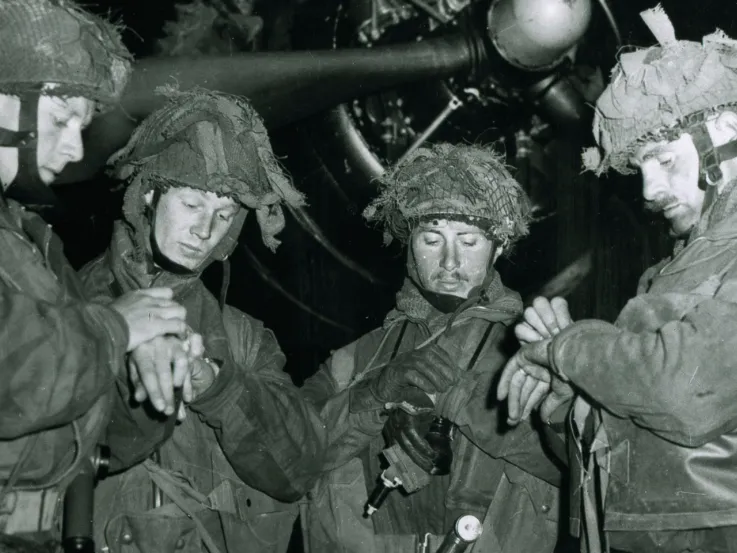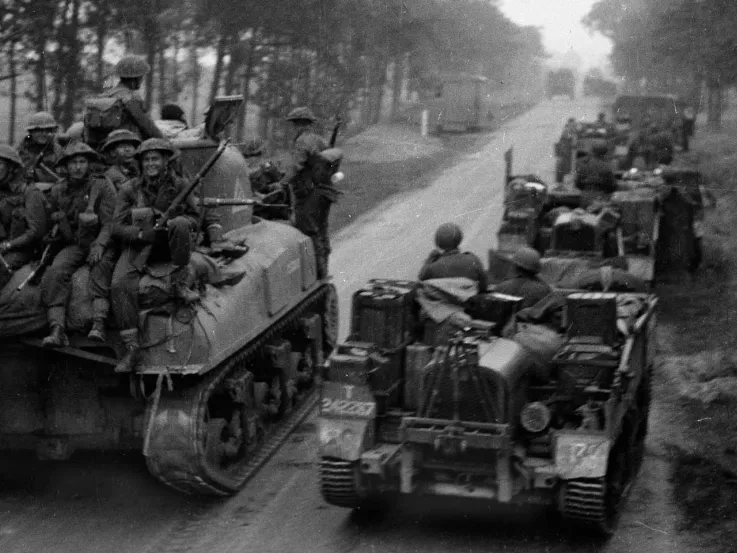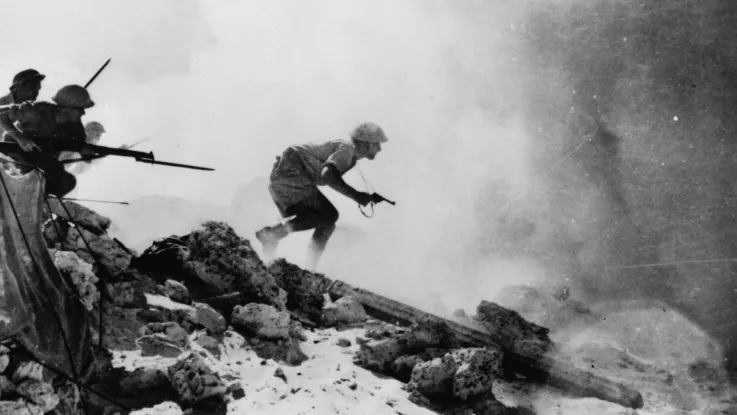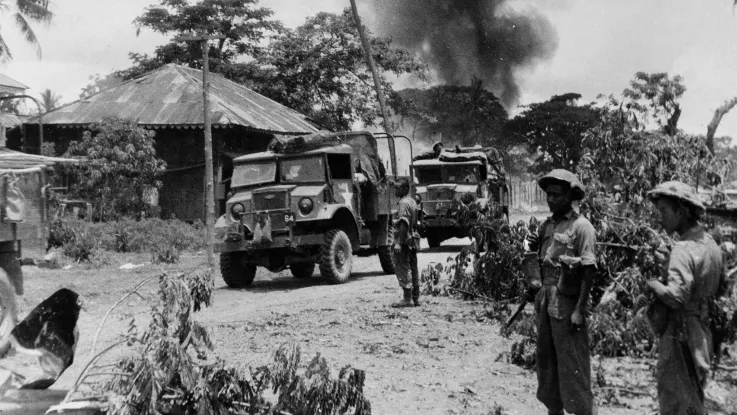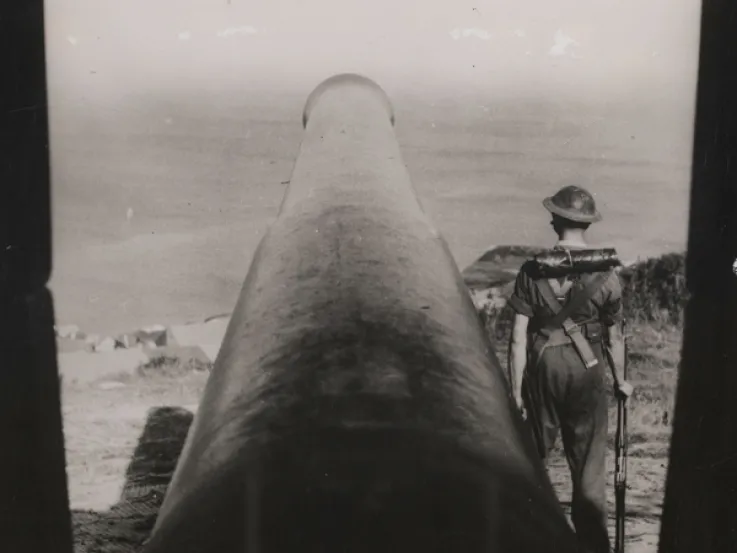Background
After the First World War (1914-18) and the economic crises of the 1920s, aggressive nationalism began to emerge in Europe. Keen to reverse the terms of the Treaty of Versailles (1919) and reassert its dominance of Europe, Germany annexed Austria and parts of Czechoslovakia in 1938.
Economic turmoil had also brought about militaristic movements in the Japanese Empire. Seeking influence and resources, Japan launched an invasion of China in 1937.
3 September 1939
War breaks out in Europe
4 September 1939
Battle of the Atlantic
May 1940
Battle of France
Summer 1940
Battle of Britain
September 1940
The Blitz begins
February 1941
German forces arrive in North Africa
April 1941
The Axis invade Yugoslavia and Greece
June 1941
Operation Barbarossa
The war expands
In July 1941, the Japanese sent troops to South-East Asia. This threatened British interests in the area and prompted the United States and Britain to establish an oil embargo against Japan. In retaliation, the Japanese launched a devastating attack on the US Navy’s Pacific Fleet at Pearl Harbor on 7 December 1941, drawing the United States into the war.
In the days that followed, the Japanese invaded European colonies across eastern Asia, including the British territories of Hong Kong, Malaya, Singapore and Burma. Their aim was to create a fortified perimeter around a self-sufficient Japan, which could then be defended until the Allies tired of the war.
February 1942
Fall of Singapore
June 1942
Battle of Midway
March 1942
Combined Bomber Offensive
Autumn 1942
Battle of Guadalcanal
November 1942
Operation Torch
November 1942
Battle of El Alamein
February 1943
Battle of Stalingrad
The Allies move against Italy
In May 1943, the Allies secured victory in North Africa. Their armies advanced from east and west, linking up near Tunis and prompting 250,000 German and Italian troops to surrender.
The Allies next set their sights on clearing the Axis powers from Europe. The invasion of Sicily took place in July 1943, leading to the arrest and expulsion of the Italian Fascist leader Benito Mussolini later that month. This victory prompted Italy to surrender. An armistice was signed on 3 September, but fighting in the country continued.
September 1943
The Allies invade Italy
July 1943
Battle of Kursk
January 1944
Battle of Monte Cassino
Spring 1944
Battles at Imphal and Kohima
The Allied invasion of Europe
The Allies launched the amphibious invasion of Europe on 6 June 1944 in Normandy. They also landed in southern France in August. These operations coincided with a huge Red Army offensive in Eastern Europe that dealt a crushing blow to the Germans.
September 1944
Operation Market Garden
December 1944
Battle of the Bulge
April 1945
Liberation of Bergen-Belsen
April 1945
The Soviets take Berlin
Victory in Europe
The Allies pushed into western Germany in February 1945. On 25 April, the Red Army entered Berlin. Five days later, Adolf Hitler committed suicide and the Soviets captured the German parliament building, the Reichstag. After another Allied breakthrough in Italy, German forces there surrendered on 2 May.
Victory in Europe was declared for the Allies on 8 May 1945, following Germany’s unconditional surrender. This led to the occupation and division of Germany.
Spring 1945
Japan on the run
July 1945
Attempts for peace
August 1945
Atomic bombing of Hiroshima and Nagasaki
September 1945
Victory in Japan
The deadliest conflict in human history
Over 65 million people died during the Second World War. The majority were civilians killed by strategic aerial bombing, man-made famine and genocide.
In 1945, the United Nations was formed 'to save succeeding generations from the scourge of war'. Axis political and military leaders were put on trial and convicted of war crimes.
Legacy
Although Britain emerged victorious, the economic and political cost of the conflict accelerated the break-up of its Empire in the years that followed.
On the other hand, the economic and military might of the United States and the Soviet Union made them the dominant global powers. However, their opposing visions of a post-war world, combined with the threat of nuclear conflict, created a Cold War of political and military tension that lasted until the 1990s.






